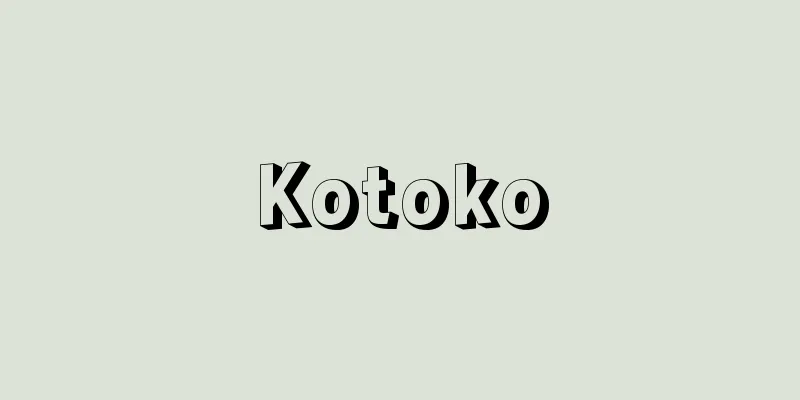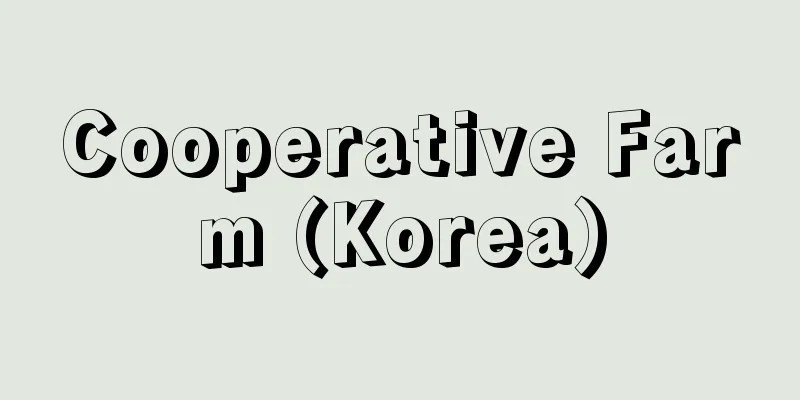Kotoko

|
...There is a theory that this means that they are the descendants of the tall Kushite people (Kush Kingdom) of the upper Nile. The Thao people, along with their successors, the Kotoko people, had a metalware culture, and cast bronze products using the wax casting method and also produced iron products, most of which were accessories. They also produced terracotta heads, ancestor statues, and masked figures with extremely unique shapes. *Some of the terminology that mentions "Kotoko" is listed below. Source | Heibonsha World Encyclopedia 2nd Edition | Information |
|
…これはナイル川上流の長身のクシュ族(クシュ王国)の末裔であることを意味する,との説がある。サオ族はその後継者であるコトコ族Kotokoとともに金属器文化を有し,失蠟法で青銅製品を鋳造し,鉄製品もつくったが,それらの多くは装身具であった。またきわめて特異な造形のテラコッタ製の人頭像,祖先像,仮面をつけた人像をつくった。… ※「Kotoko」について言及している用語解説の一部を掲載しています。 出典|株式会社平凡社世界大百科事典 第2版について | 情報 |
<<: Kotromaniĉ (English spelling) Kotromanic
Recommend
Interferometer
A device that uses the interference that occurs w...
Bartholomew
The name of a family of cartographers and a well-k...
Joint delivery - Joint delivery
A joint delivery operation between multiple compan...
Light-emitting organ
An organ that produces bioluminescence. It is a t...
Shizuhatayama
It is one of the peaks of a mountain ridge that s...
Bird farm - Bird farm
A ranch belonging to the Umeryo, located in the al...
Legend of the Bowl Loan
This legend is widespread throughout Japan, and it...
Silverfish - Silverfish
…It is widely distributed from the Tohoku region ...
Spring Day - Harunohi
A collection of haiku poems. One volume. Compiled...
Uchimura Onsenkyo
This is the general name for Reisenji Onsen, Oshi...
Edo
An impure world full of impurity. In Buddhism, it...
Muromachi-in
The first daughter of Emperor Gohorikawa. Her mot...
Scarlet Ezobora - Scarlet Ezobora
...Therefore, the salivary glands are removed whe...
Trotyl
…A high-performance explosive known as TNT. It wa...
Quilombo - Quilombo (English spelling)
A society of fugitive slaves that continued to thr...









